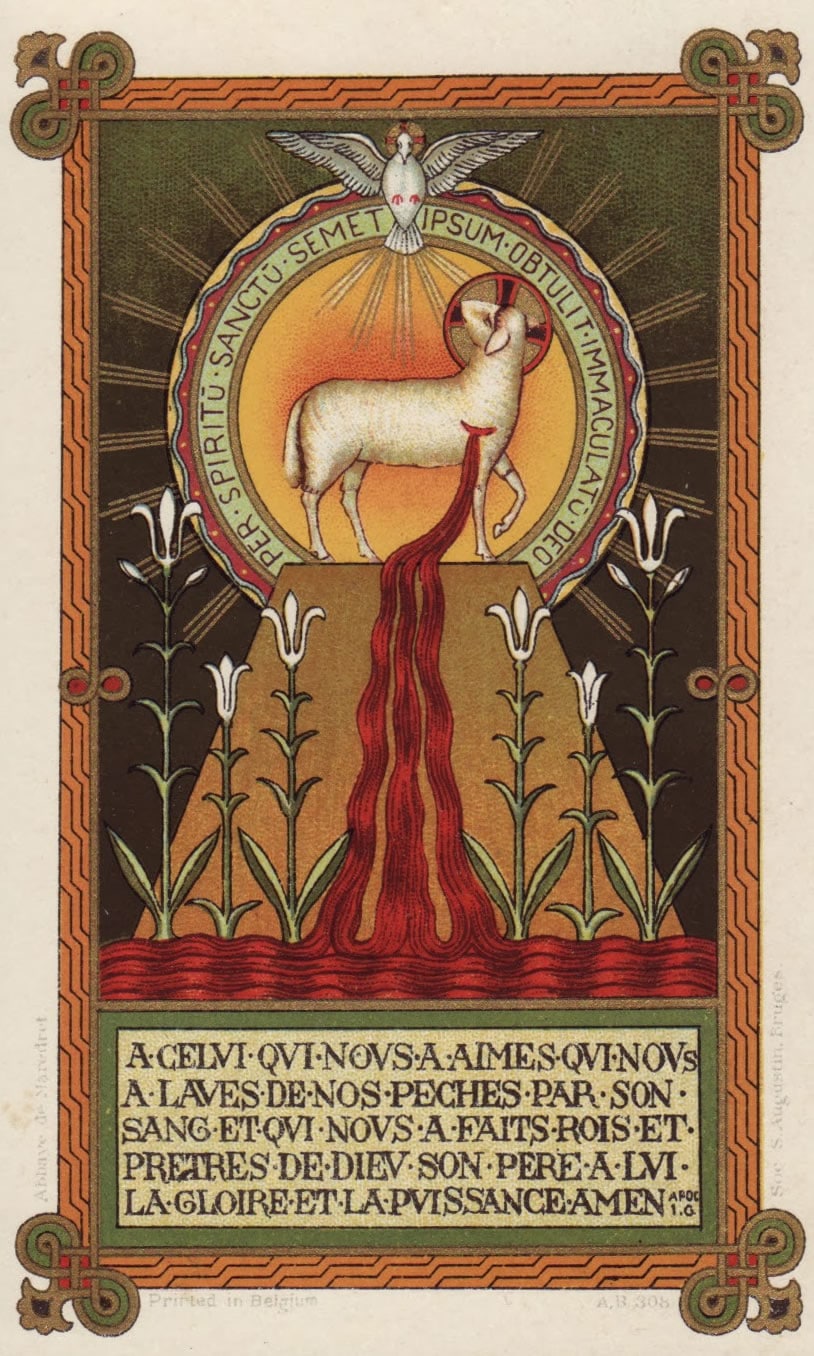 "I made that in the heavens there should rise light that never faileth...I compassed the circuit of heaven...and have walked in the waves of the sea." Ecclesiasticus 24:6,8
"I made that in the heavens there should rise light that never faileth...I compassed the circuit of heaven...and have walked in the waves of the sea." Ecclesiasticus 24:6,8 "And seeing the star, they rejoiced with exceeding great joy." St Matthew 2:10
During his first crusade to free captive Jerusalem, St Louis IX the King of France was sailing with his retinue when a fierce storm overwhelmed the vessel. They were not far from the shores of Palestine when through the tempest the bells from the chapel of the hermits on Mt. Carmel could be heard. The holy king fell to his knees, imploring the Blessed Virgin to spare his family and his companions from drowning. The ship did not founder; the storm ceased. King Louis, with a heart full of gratitude, decided to visit the "Brothers of Our Lady" on Mt. Carmel, where they lived in prayer and penance in imitation of the Prophet Elias. So impressed was he with their austerity and devotion, that he arranged for some of them to go to France, thus bringing the Carmelite order to that country where it flourished for centuries. The fact that many of the Brothers went to Europe preserved the Carmelite Order from extinction, since those hermits living on Mt. Carmel were eventually massacred by the Moslems.
Our Lady is the star whose light pierces the darkest clouds to guide the ship of the Church, as well as the ship of the soul, through the most tumultuous storms. The ancient icons of the Virgin often show her adorned with a star; the title "Star of the Sea" is very old, a symbol of royalty and power, of help and mediation. The hymn Ave Maris Stella ("Hail, Star of the Sea") has often been sung in times of crisis, as mentioned in the lives of many saints; we know that on the path to Heaven even the holiest souls feel overwhelmed and discouraged in times of darkness and persecution.
In the words of the Franciscan Wonder-Worker St Anthony of Padua: "We are far from God, tossed at every moment by storms. We lie at the very jaws of spiritual death, and so we cry out, 'Hail Mary!' ''
Star of the Sea, pray for us!
Novena Prayer to Our Lady of Mt. Carmel:
O most beautiful Flower of Mt Carmel, fruitful vine, splendor of Heaven, Blessed Mother of the Son of God, Immaculate Virgin, assist me in this my necessity. O Star of the Sea, help me and show me herein you are my Mother.
O Holy Mary, Mother of God, Queen of Heaven and earth, I humbly beseech you from the bottom of my heart, to succor me in this my necessity, there are none that can withstand your power.
O show me herein you are my Mother.
Mary, conceived without sin, pray for us that have recourse to thee. (3 times)
Sweet Mother, I place this cause in your hands. (3 times) AMEN.





